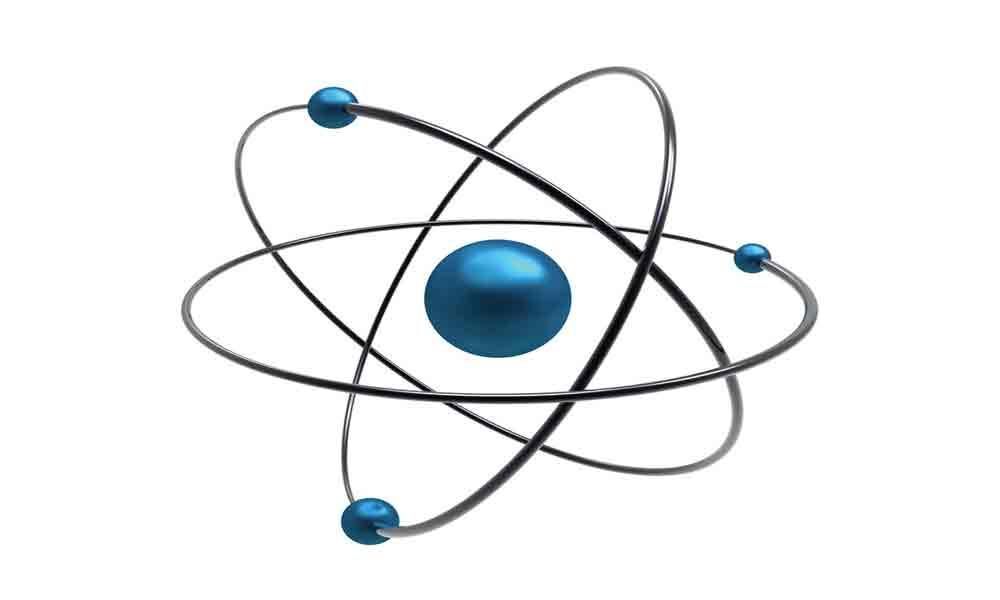Live
- Most Viewed and Liked Tollywood Movie Trailers in 24 Hours
- Channapatna Toy-Making Workshop Launched in Udupi
- Investors shift towards multi-asset strategy in volatile week for Indian stock markets
- DPIIT joins Stride Ventures to help Indian startups go global
- Decorative lighting a big charm of Kumbh
- Samsung Galaxy S23 Ultra Price Slashed Before Galaxy S25 Ultra Launch
- CCTV clip indicates cop not at fault
- Govt to integrate AYUSH with modern medicine: Nadda
- India’s office lease market zooms to record high, Bengaluru leads: Report
- Balanced diet key to better life: Dr Mithra
Just In
HANS Classroom: Introduction to Atoms


What is everything really made of?' Questions like this have been asked for centuries, and scientists are continually trying to find the answer. At...
What is everything really made of?' Questions like this have been asked for centuries, and scientists are continually trying to find the answer. At one time scientists believed that the smallest 'building block' of matter was the atom, a name that comes from the Greek word meaning 'incapable of being cut.'
Later it was discovered that though an atom is the smallest unit that has the chemical properties of an element, even atoms are made up of smaller particles. Elements are the simplest substances found in nature and they cannot be broken down further through ordinary chemical means. At least 92 naturally occurring elements have been discovered so far. The elements are organized in a periodic table based on their different properties.
To demonstrate the idea of an atom being the smallest unit of an element, take a pile of paper clips and divide it into two piles, and then divide those in half again. Continue dividing until you have one paper clip in a pile. The original pile represented matter, and you have just divided matter down to its smallest unit that still functions—one paper clip still holds loose papers together. Cut the paper clip in half. Does it still do the same job as a whole paper clip? No. In the same way, the atom is the smallest piece of an element that still functions as an element.
The dense central part of an atom, called the nucleus, is made up of protons and neutrons. Protons are small particles with a positive electrical charge. The number of protons in an atom, called the atomic number, determines the 'identity' of the atom, or what element it is. For example, all copper atoms have 29 protons. (If you take a look at a periodic table, you'll see that the elements are put in order by atomic number.)
Neutrons, as their name implies, have no electrical charge, but they add significantly to the mass of an atom. In fact, the approximate atomic mass of an atom is the sum of the mass of the protons and neutrons added together. (The atomic mass is listed right under the element symbol on the periodic table.)
Though all atoms of a particular element will always have the same number of protons, sometimes the atoms of that element can have a different number of neutrons. In this case, those atoms are called isotopes. An atom also contains other particles, called electrons, which orbit the nucleus. These have so little mass that they are ignored when calculating the atomic mass.

© 2024 Hyderabad Media House Limited/The Hans India. All rights reserved. Powered by hocalwire.com






